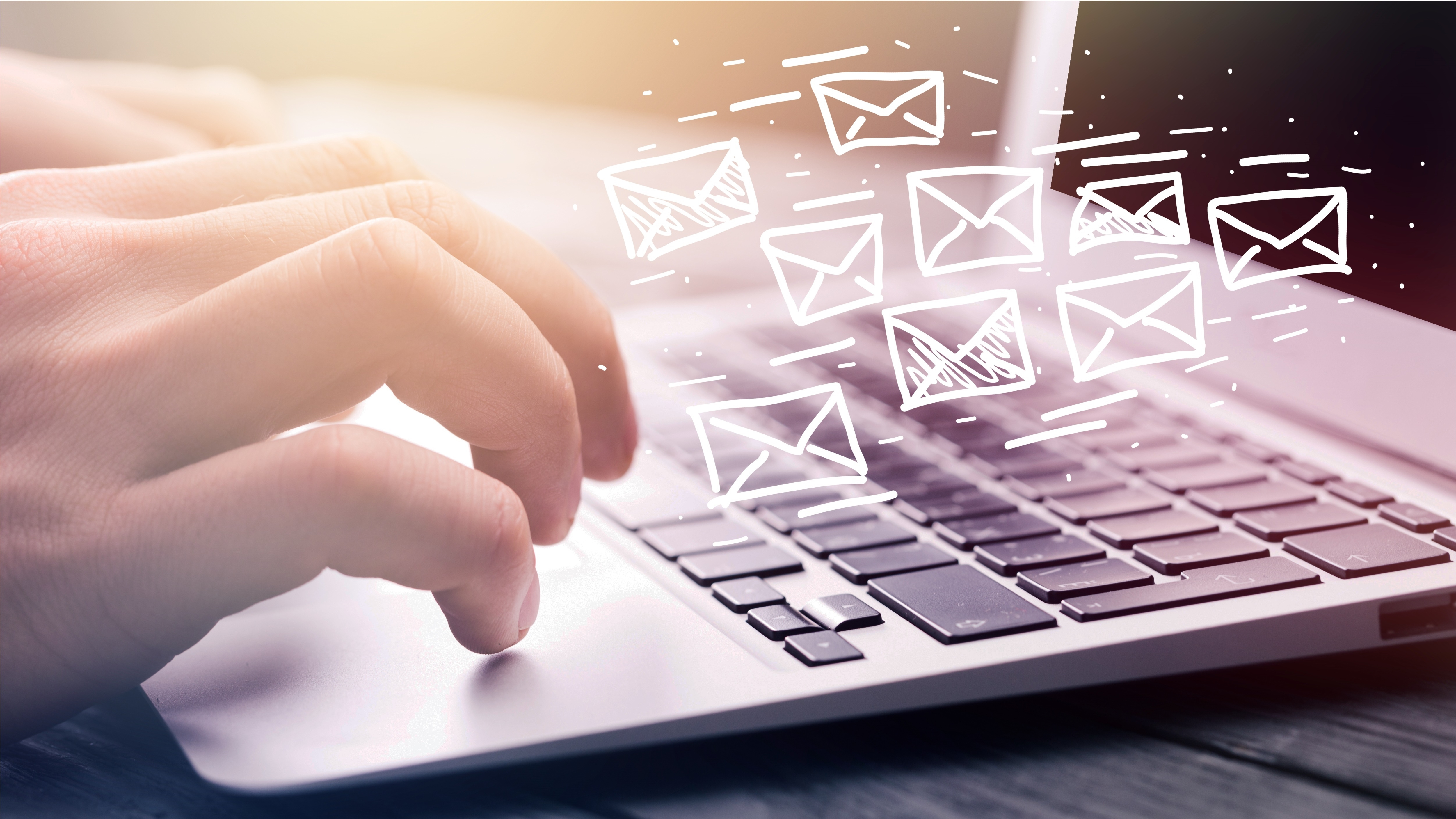[ad_1]

With email being the biggest business productivity tool out there, it’s no surprise that it’s also the main vehicle for cybercrime. Email phishing is the most common type of online exploitation, which grew by 173% in Q3 of 2023 compared to the previous quarter of the same year!
Google blocks about 100 million phishing emails every single day. That’s a huge number for just one platform. Most of us suffer from email overload, but it’s also the medium which feels safe and secure. There’s something about email that feels personal, it’s addressed to us and is now in our virtual – and physical – space. Which is probably why it’s such a successful tool for phishing.
Often we’re responding or taking action on an email in a rush. A quick email reply before lunch break, or rushing to a meeting. It’s those that catch us unawares. Various recent studies have looked into what causes the bulk of data breaches, and unfortunately, it’s us, users. Some say it’s about 88%, whereas others put the number closer to 95% of data breaches are caused by human error.
Commercial Director, Topsec.
Here are five tactics and tools to help strengthen your organization’s IT security on the email front:
1. Employee education
Most of us are generally overwhelmed with emails. And often we respond in a rush, trusting that the email is from a reliable source, bearing honest information. Taking that for granted is exactly what cyber-criminals rely on. This is why an employee education and awareness program is absolutely crucial when it comes to internet security. Even the most savvy technology users get caught out, because criminals have one job, and that’s to catch us in a brief moment of unawareness or to make victims of the ignorant.
While it seems insignificant, it’s things like checking sender email addresses, opening attachments with caution, or checking links before, that could halt a data breach. Seemingly obvious, it’s those things that are at the heart of email phishing scams.
2. The wolf in CEO’s clothing
More and more, the Chief Executive of a company is targeted by hackers. Often, the CEO’s IT profile has access to all data systems, so it’s the most valuable access point. When executives are used for phishing, it’s known as ‘whaling’. Impersonating the CEO or top brass is also a brilliantly simple method to trick employees into providing information and access. Who’s going to say no to the CEO? Hackers will create a fake email account and request information from appropriate staff members.
Making employees aware of this sort of thing should form part of an education program, but it’s also a good idea to grant limited access to key systems. Creating silos of users who use a particular system is recommended, or allowing system access for a limited period. Allowing one profile (or more) complete access to all systems all the time is creating a massive platform for risk. Limited access protects the user and the organization.
3. Cyber threat intelligence in cybersecurity
In cybersecurity, the evolution of algorithmic approaches and the integration of cyber threat intelligence have become essential in combating sophisticated hacker tactics. Modern algorithms now focus on core characteristics rather than just content, employing AI to identify impersonations in writing style and language. This is combined with pattern analysis to block malicious emails. Concurrently, cyber threat intelligence, which analyses the motives, targets, and methods of attackers, has become a crucial defense layer.
As attackers use advanced methods like legitimate domain emails and clean IP addresses, it’s vital to have robust security systems that blend advanced algorithmic analysis with continuous threat intelligence, and human experts still play a huge role here, to effectively detect and counter hacker activities.
4. View email as just one piece of the security puzzle
While email is a useful tool to access an organization’s assets, it’s not the only one. But it’s important to ensure that all avenues are coordinated to block threats, from cloud applications, to websites accessed by employees. And technology systems are also only one aspect of cybersecurity. Much of an organization’s protection lies in ensuring staff is vigilant and educated. Email security should not be a silo, but rather it should be integrated into the bigger picture of the entire technology environment, which should be integrated into the company culture.
5. A multi-layered approach with emphasis on attachment scanning
In enhancing email security, a multi-layered approach is paramount, with a significant emphasis on the vigilant scanning of attachments. These attachments are often the carriers of malware and other cyber threats. Advanced scanning techniques are crucial, utilizing not only traditional malware signature detection but also heuristic analysis to identify new, unknown threats. This involves examining attachments in a controlled environment, or ‘sandboxing’, to detect any malicious behavior.
Additionally, this multi-layered strategy should integrate robust phishing detection, continuous cyber threat intelligence updates, and stringent access controls, ensuring a comprehensive defense against the diverse and evolving nature of email-based threats.
Attackers excel in presenting an innocent front in a phishing email, and it requires not only smart systems in place, but human smarts at every level to keep a company’s data assets secure. Cybersecurity walks the fine line between maintaining efficiency and avoiding user frustration, while also keeping an organisation’s key assets safe.
We’ve listed the best secure email provider.
This article was produced as part of TechRadarPro’s Expert Insights channel where we feature the best and brightest minds in the technology industry today. The views expressed here are those of the author and are not necessarily those of TechRadarPro or Future plc. If you are interested in contributing find out more here: https://www.techradar.com/news/submit-your-story-to-techradar-pro
[ad_2]
Source Article Link

